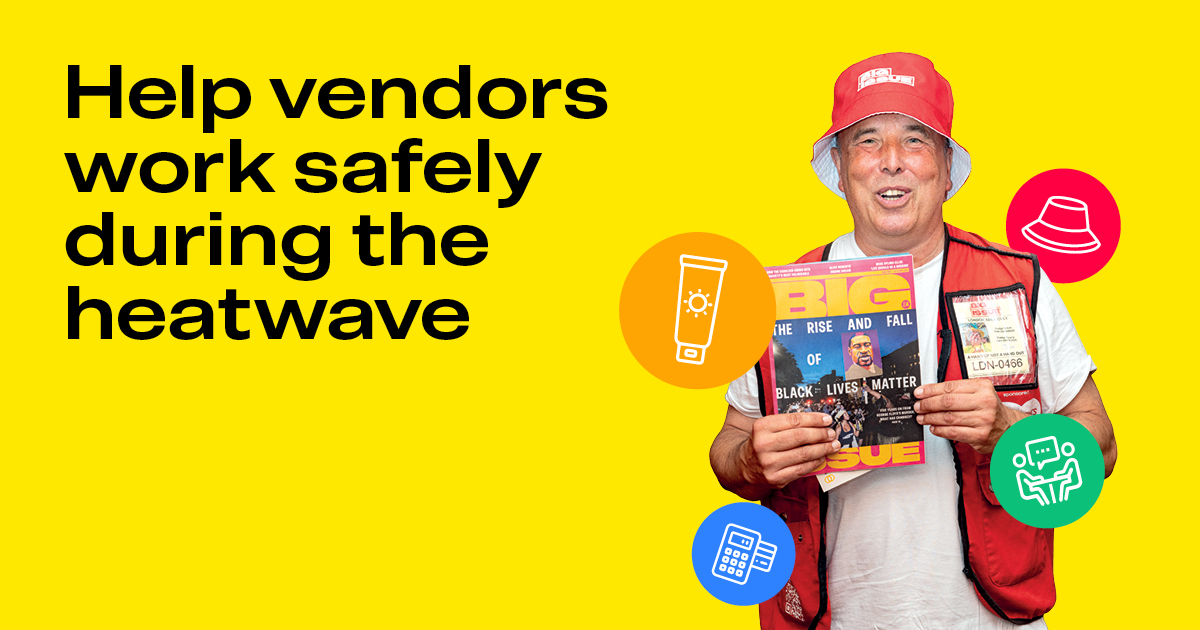For many, it’s been up there with the first cold pint sipped in a sunny beer garden, or the first fully vaccinated hug. The first stroll around a non-essential store – with clothes, not pasta and loo roll, in our arms. Yet after the struggle of the pandemic, fast fashion is a battle that we still need to fight.
Although it’s true that many of us have used the past year as a prompt to cut back on our fashion habit – a March 2021 Barclaycard survey revealed that 71 per cent of people say they’re spending more mindfully – the sweatpants life was only going to last so long. Through the gloom of an abstemious winter lockdown, we craved a return to normality. And normality, for millions of fashion-lovers, means shopping.
But while we crack the ‘nature is healing’ jokes beneath photos of our Primark haul, the truth is becoming harder to ignore.
Fashion is one of the planet’s most polluting industries, with a carbon footprint of 2.1 billion tonnes – more than aviation and shipping combined. From the vast chunks of land destroyed by intensive fibre farming to the huge volumes of textile waste ending up in landfill (some 350,000 tonnes each year in the UK alone), clothes pose an environmental threat at virtually every point in their production.
Then there’s the human cost of all those bargain outfits. It’s been eight years since the Rana Plaza factory collapse that killed 1,134 Bangladeshi garment workers, and yet fashion supply chains remain knotty and unstable; the ‘race to the bottom’ for bargain prices trapping vulnerable people (overwhelmingly young women) in perilous conditions and systemic poverty. Of the world’s 70 million garment workers, it’s estimated that less than two per cent earn a living wage.
The pandemic only served to amplify this inequality. Some $40bn was withheld by global fashion brands who cancelled orders as the world shut down last spring, leaving millions of garment workers destitute. A year later, despite tireless lobbying by campaign group Remake, many still refuse to pay what they owe.










